O,.o circa 2018.
The ongoing search for the graviton—the proposed fundamental particle carrying gravitational force—is a crucial step in physicists’ long journey toward a theory of everything.
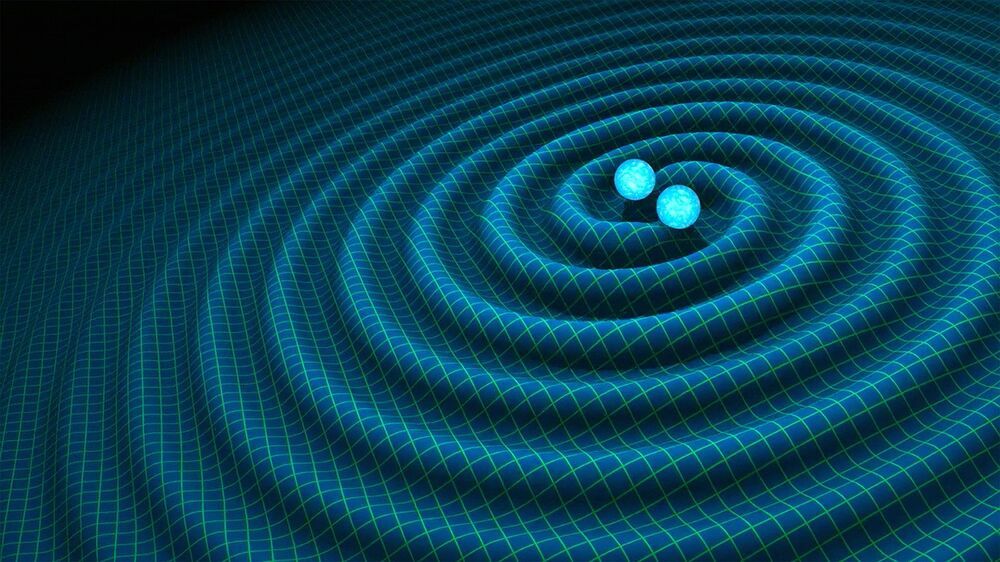
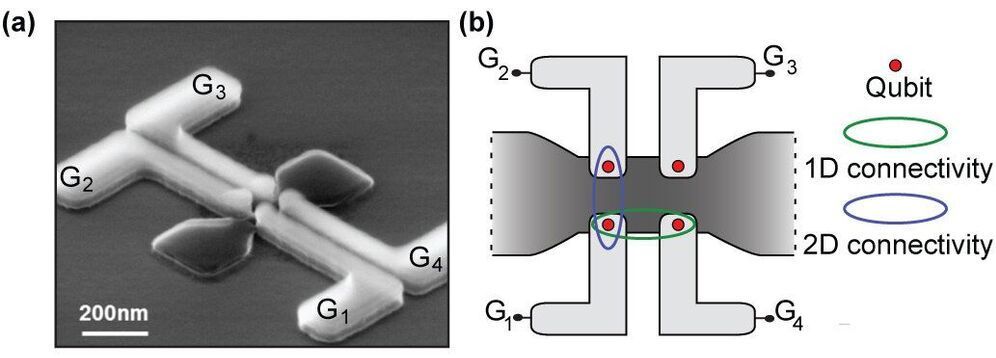
Quantum computer: One of the obstacles for progress in the quest for a working quantum computer has been that the working devices that go into a quantum computer and perform the actual calculations, the qubits, have hitherto been made by universities and in small numbers. But in recent years, a pan-European collaboration, in partnership with French microelectronics leader CEA-Leti, has been exploring everyday transistors—that are present in billions in all our mobile phones—for their use as qubits. The French company Leti makes giant wafers full of devices, and, after measuring, researchers at the Niels Bohr Institute, University of Copenhagen, have found these industrially produced devices to be suitable as a qubit platform capable of moving to the second dimension, a significant step for a working quantum computer. The result is now published in Nature Communications.
Quantum dots in two dimensional array is a leap ahead
One of the key features of the devices is the two-dimensional array of quantum dots. Or more precisely, a two by two lattice of quantum dots. “What we have shown is that we can realize single electron control in every single one of these quantum dots. This is very important for the development of a qubit, because one of the possible ways of making qubits is to use the spin of a single electron. So reaching this goal of controlling the single electrons and doing it in a 2-D array of quantum dots was very important for us”, says Fabio Ansaloni, former Ph.D. student, now postdoc at center for Quantum Devices, NBI.
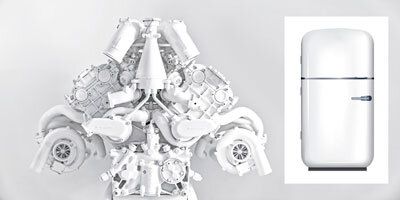
A multitasking nanomachine that can act as a heat engine and a refrigerator at the same time has been created by RIKEN engineers. The device is one of the first to test how quantum effects, which govern the behavior of particles on the smallest scale, might one day be exploited to enhance the performance of nanotechnologies.
Conventional heat engines and refrigerators work by connecting two pools of fluid. Compressing one pool causes its fluid to heat up, while rapidly expanding the other pool cools its fluid. If these operations are done in a periodic cycle, the pools will exchange energy and the system can be used as either a heat engine or a fridge.
It would be impossible to set up a macroscale machine that does both tasks simultaneously—nor would engineers want to, says Keiji Ono of the RIKEN Advanced Device Laboratory. “Combining a traditional heat engine with a refrigerator would make it a completely useless machine,” he says. “It wouldn’t know what to do.”
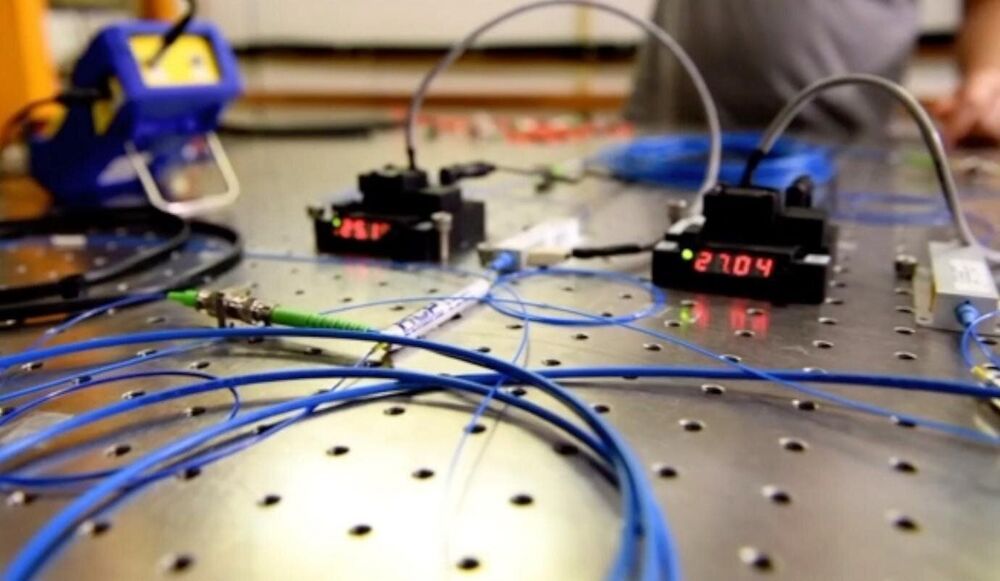
A viable quantum internet—a network in which information stored in qubits is shared over long distances through entanglement—would transform the fields of data storage, precision sensing and computing, ushering in a new era of communication.
This month, scientists at Fermi National Accelerator Laboratory—a U.S. Department of Energy national laboratory affiliated with the University of Chicago—along with partners at five institutions took a significant step in the direction of realizing a quantum internet.
In a paper published in PRX Quantum, the team presents for the first time a demonstration of a sustained, long-distance teleportation of qubits made of photons (particles of light) with fidelity greater than 90%.
Circa 2012
(PhysOrg.com) — During the past few years, CERN physicist Dragan Hajdukovic has been investigating what he thinks may be a widely overlooked part of the cosmos: the quantum vacuum. He suggests that the quantum vacuum has a gravitational charge stemming from the gravitational repulsion of virtual particles and antiparticles. Previously, he has theoretically shown that this repulsive gravity can explain several observations, including effects usually attributed to dark matter. Additionally, this additional gravity suggests that we live in a cyclic Universe (with no Big Bang) and may provide insight into the nature of black holes and an estimate of the neutrino mass. In his most recent paper, published in Astrophysics and Space Science, he shows that the quantum vacuum could explain one more observation: the Universe’s accelerating expansion, without the need for dark energy.
“The quantum vacuum was predicted theoretically more than 60 years ago,” Hajdukovic told PhysOrg.com. “Today, there is significant experimental evidence that the quantum vacuum exists. I have decided to combine one reality (the quantum vacuum) with one hypothesis (the negative gravitational charge of antiparticles) and to study the consequences. The hypothesis of the gravitational repulsion between matter and antimatter is older than half a century, but before me no one has used it in the combination with the quantum vacuum. … The results are surprising; there is potential to explain [the Universe’s accelerating expansion] in the framework of the quantum vacuum enriched with the gravitational repulsion between matter and antimatter.”
According to Hajdukovic, gravity in the quantum vacuum arises from the gravitational repulsion between the positive gravitational charge of matter and the (hypothetical) negative gravitational charge of antimatter. While matter and antimatter are gravitationally self-attractive, they are mutually repulsive. (This part is similar to Massimo Villata’s theory from part 1, in which negatively charged antimatter exists in voids rather than in the quantum vacuum.) Although the quantum vacuum does not contain real matter and antimatter, short-lived virtual particles and virtual antiparticles could momentarily appear and form pairs, becoming gravitational dipoles.

Researchers at Chalmers University of Technology, Sweden, have now shown that they can solve a small part of a real logistics problem with their small, but well-functioning quantum computer.
Quantum computers have already managed to surpass ordinary computers in solving certain tasks – unfortunately, totally useless ones. The next milestone is to get them to do useful things. Researchers at Chalmers University of Technology, Sweden, have now shown that they can solve a small part of a real logistics problem with their small, but well-functioning quantum computer.
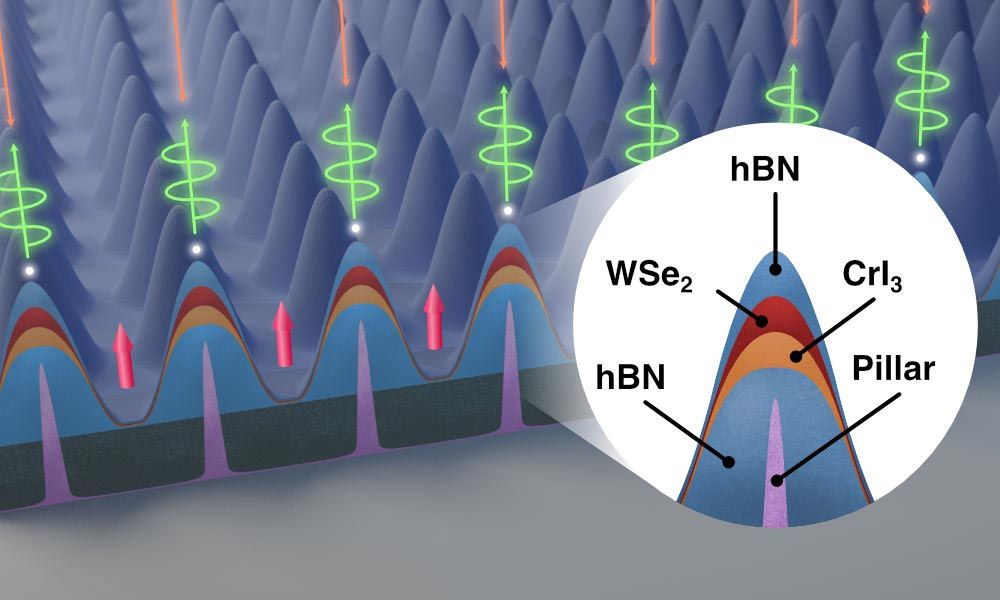
New research demonstrates a way to use quantum properties of light to transmit information, a key step on the path to the next generation of computing and communications systems.
Researchers at the University of Rochester and Cornell University have taken an important step toward developing a communications network that exchanges information across long distances by using photons, mass-less measures of light that are key elements of quantum computing and quantum communications systems.
The research team has designed a nanoscale node made out of magnetic and semiconducting materials that could interact with other nodes, using laser light to emit and accept photons.
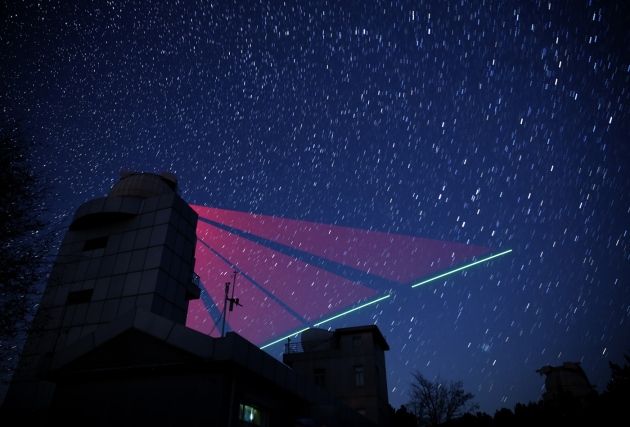
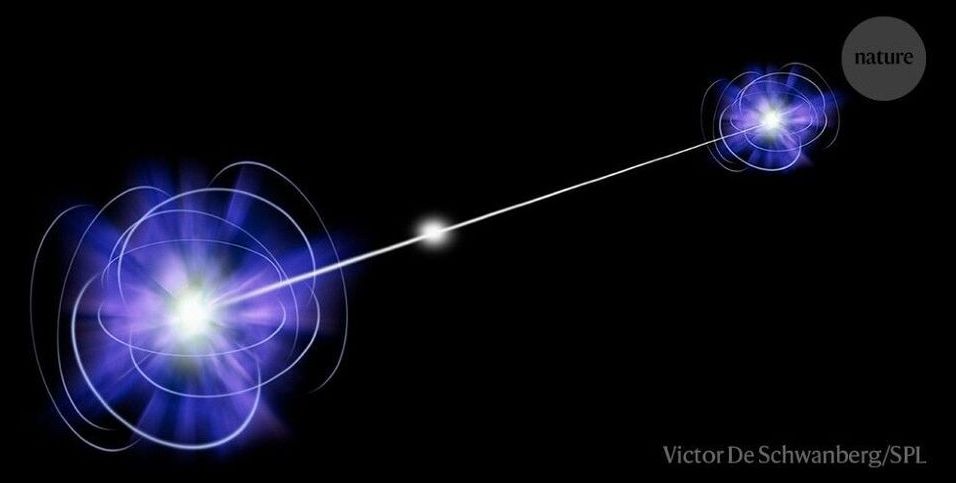
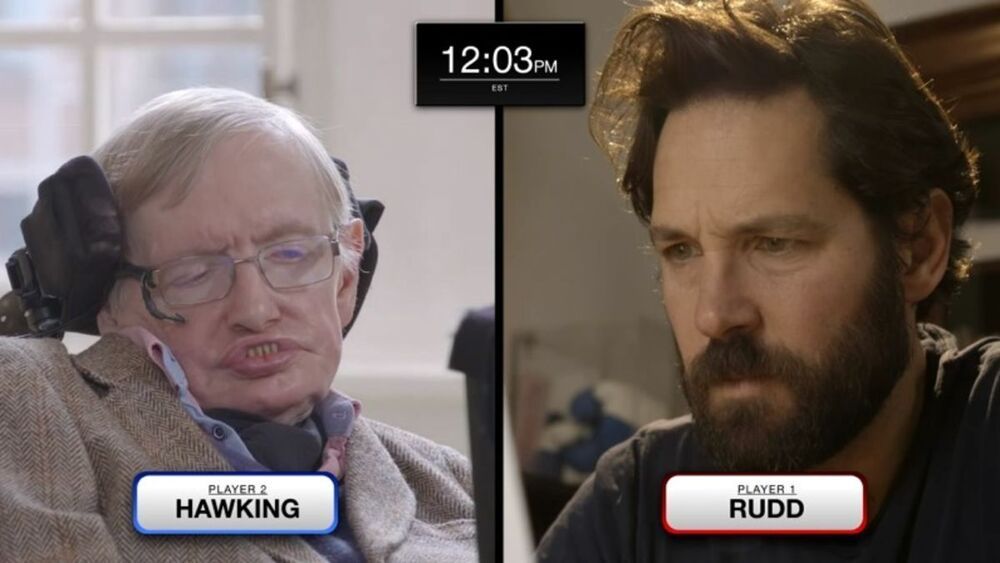
Last week the Internet learned that “Anyone Can Quantum,” when actor Paul Rudd faced off against Stephen Hawking in a game of quantum chess. The 12-minute video has racked up more than 1.5 million views, with Fast Company declaring it one of the best ads of the week. And soon we’ll all be mastering the rules of the subatomic realm, with today’s launch of a Kickstarter campaign to create a commercial version of quantum chess.